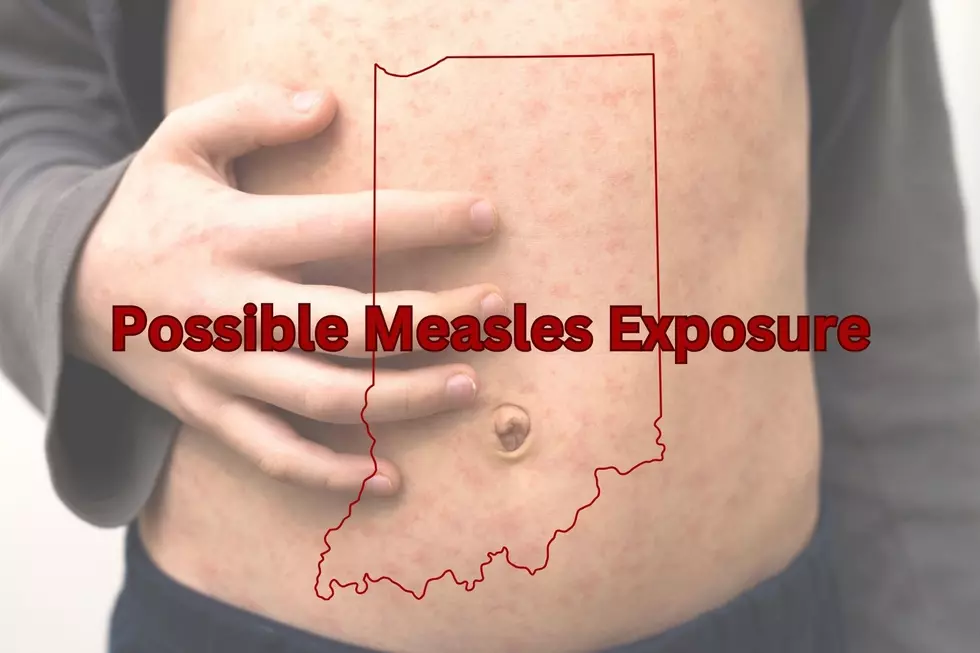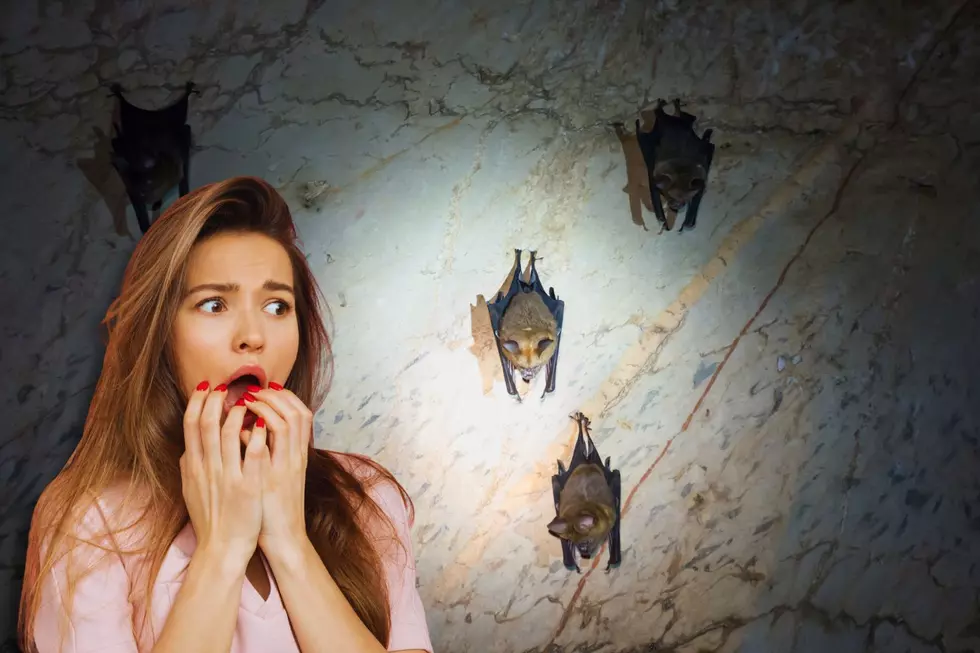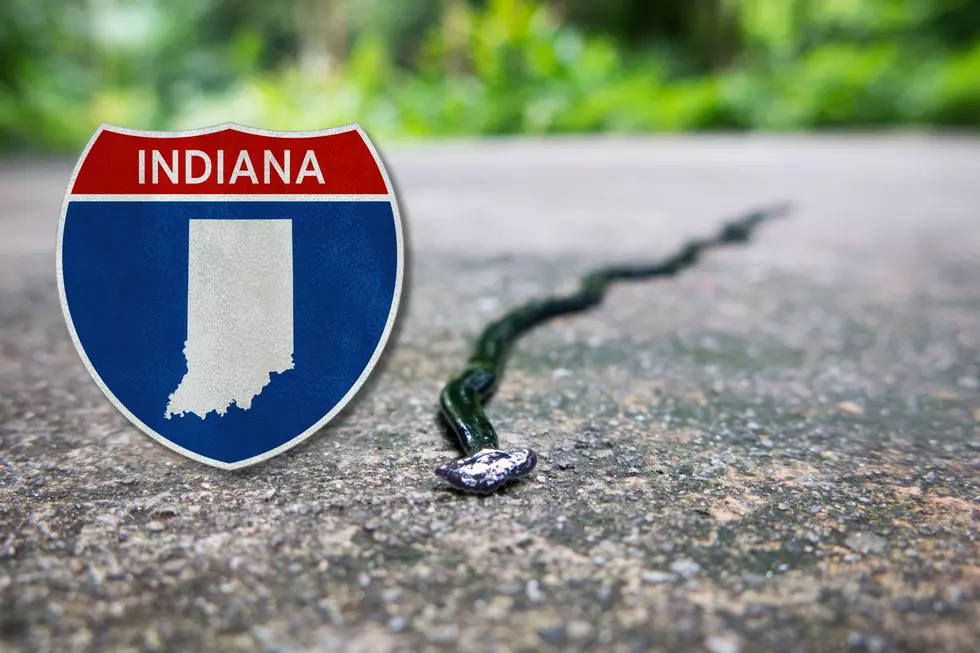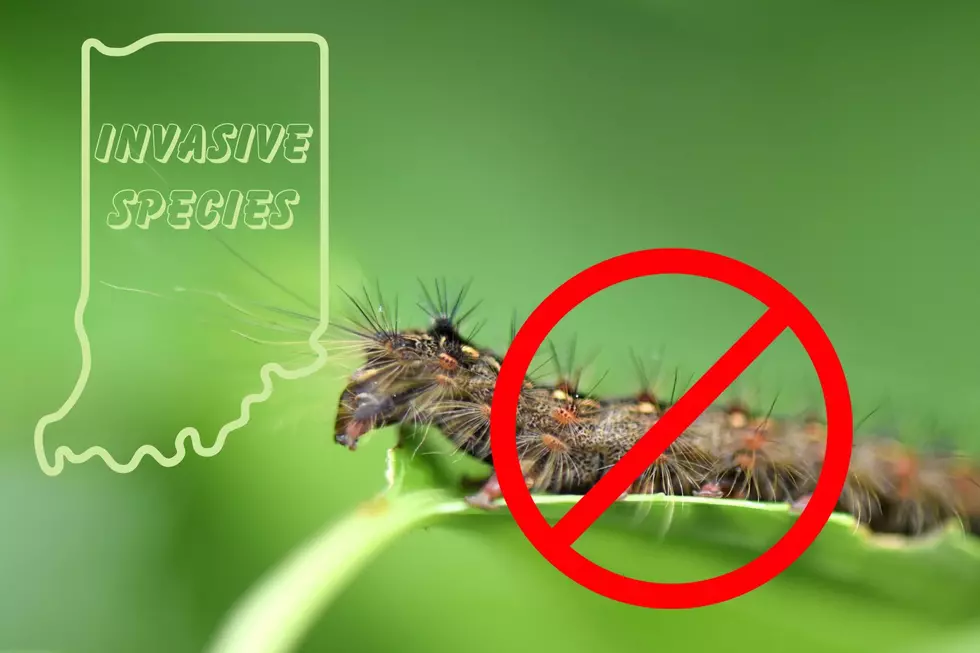
Cold Weather Guidelines for Outdoor Play – How Cold is Too Cold in Indiana & Kentucky?
We are in for some pretty serious winter weather that will likely include snow, but before you bundle up the kids and send them outside to play, you may want to read this first.
Winter Storm
For many of us across Indiana and Kentucky, the incoming winter storm will mean some snow accumulations and for those with kids, or those who are kids at heart, you may already be planning ahead to do some sledding or to play in the snow. However, before you head outside, have you checked the outdoor temperature? It may actually be too cold to enjoy those winter activities safely.
When It Snows We Sled
Here in the Evansville-Owensboro area, there is no shortage of places to go sledding and during a normal Midwestern winter, piling on the layers and loading up the sled would be a fantastic and fun idea for the whole family.

Low Temperatures and Wicked Windchills
Unfortunately, the temperature may actually be too cold, making any type of outdoor play downright dangerous. The incoming winter storm is expected to bring with it a low on Thursday evening of around -5 degrees. When you factor in the windchill of the expected 45-mile-an-hour gusts and sustained winds that are expected to hang out around 15 to 20 mph, the windchill will be between -20 and -25 degrees. (Calculate wind chill for yourself with the National Weather Service at Weather.org)
So How Cold is Too Cold?
So just exactly how cold is too cold to play outside? According to Medicine.net, in the winter, anything above 32 degrees (including the wind chill) is considered safe to be outside for play. Temperatures, including a wind chill between 13 - 31 degrees are safe in small increments with breaks inside to warm up. Anything that feels like 13 degrees or below with the wind chill is considered dangerous and includes the risk of frostbite.
In general, when the wind chill is 32° and above, it’s safe to be outside. In temperatures 13° to 31°, indoor breaks should happen every 20-30 minutes. For wind chills of 13° and below, you should move activities indoors and outside of the cold as frostbite can set in very quickly.
What About Young Children, Toddlers, and Infants?
The guidelines above are for adults and older children but what about young children, toddlers, and infants? There is some conflicting information. According to HealthyChildren.org,
In general, playing outside in temperatures or wind chills below -15° Fahrenheit should be avoided. At these temperatures, exposed skin begins to freeze within minutes.
However, many school and daycare resources across the country dictate different approaches for what is considered safe for children to play outdoors in the cold. In fact, according to AHealthierMichigan.org, there is no national mandate for schools and daycares to adhere to regarding outdoor winter play.
Currently, there is not a national mandate on temperature standards for children being outside. - <a href="https://www.ahealthiermichigan.org/2019/01/29/how-cold-is-too-cold-for-kids-to-play-outside/" target="_blank">AHealthierMichigan.org</a>
They recommend using windchill as your determining factor to whether or not you allow your children outside to play.
In general, when the wind-chill is 32 degrees and above, it’s safe to be outside. In temperatures 13 degrees to 31 degrees, indoor breaks should happen every 20-30 minutes. For wind-chills of 13 degrees and below, you should move activities indoors and outside of the cold as frostbite can set in very quickly.
Watch for Hypothermia
If you do decide to allow your children outside to play, the American Academy of Pediatrics gives guidelines on what to look out for when it comes to spending too much time out in the cold.
Because they are less able to regulate their body temperature than adults, children exposed to extreme cold can quickly develop a dangerously low body temperature (ie, become hypothermic). Newborn infants are prone to hypothermia because of their large body surface area, small amount of subcutaneous fat and decreased ability to shiver. Children and adults respond to cold extremes by shivering, developing "goose bumps," and experiencing lethargy and a slow heart rate.
Check the Temperature and the Windchill Before You Go
So before you or your child heads out to play, check the temperature and take into account the wind chill. If you still feel like it's a good idea to head out to play be sure that you bundle up, cover exposed skin, and take frequent breaks to warm back up. Keep scrolling for a list of winter essentials to stock up on before it snows.
Stock Up on These Winter Essentials Before It Snows
More From WGBF-FM









